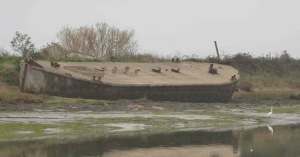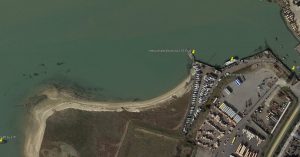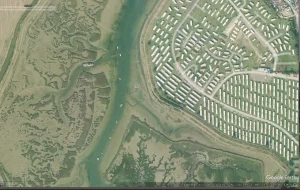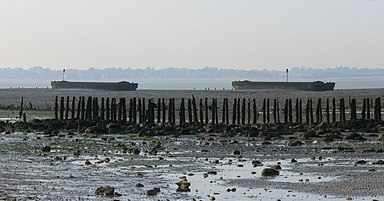Three types of vessels of roughly the same size can be confused: ‘barges’, metal ‘lighters’ and ‘ferroconcrete barges’ (FCBs). This is compounded by the term ‘barge’ sometimes being used to describe a lighter as in the case of FCBs.
Thames Sailing Barges
These have a sailing rig, or at least did when active. In the distant past, they partly evolved from wooden Thames lighters. ‘TSBs’ from the early twentieth century onward often have iron or steel hulls (iron pots), before this they were, of course, wooden. They are sailed by ‘sailormen’ but never by ‘bargees’ who are found on canals. TSBs are typically in the range of 80′ (24m) in length and 18′ (5.5m) beam’ although there are half-size barges such as Cygnet. See The Barge Collection.
Thames metal lighters
These are ‘dumb’ vessels for carrying bulk cargo, generally on the Thames or London River. Originally they were made of wood. Usually, they have a ‘swim head’ bow which is flat and slanting upwards, some have a stem head. There are many along the East Coast. These include retired lighters used as breakwaters, as in the Backwaters, abandoned hulks and conversions such as LBK6 (which did have an engine). During World War Two many were converted to Landing Craft. Steel Thames Lighters vary in dimension, although many are between 22m and 27m. Those in the Backwaters and at Bradwell are 26.2m/6.5m length/beam. The Open Barges forming the Horsey Breakwater are metal Thames lighters. Also, see Metal Lighter Hulk on the Stour.
Ferro Concrete Barges (FCBs)

Ferro Concrete Barges (FCBs) Introduction

Ferro Concrete Barges on the Stour

Ferro Concrete Barges on the Orwell

